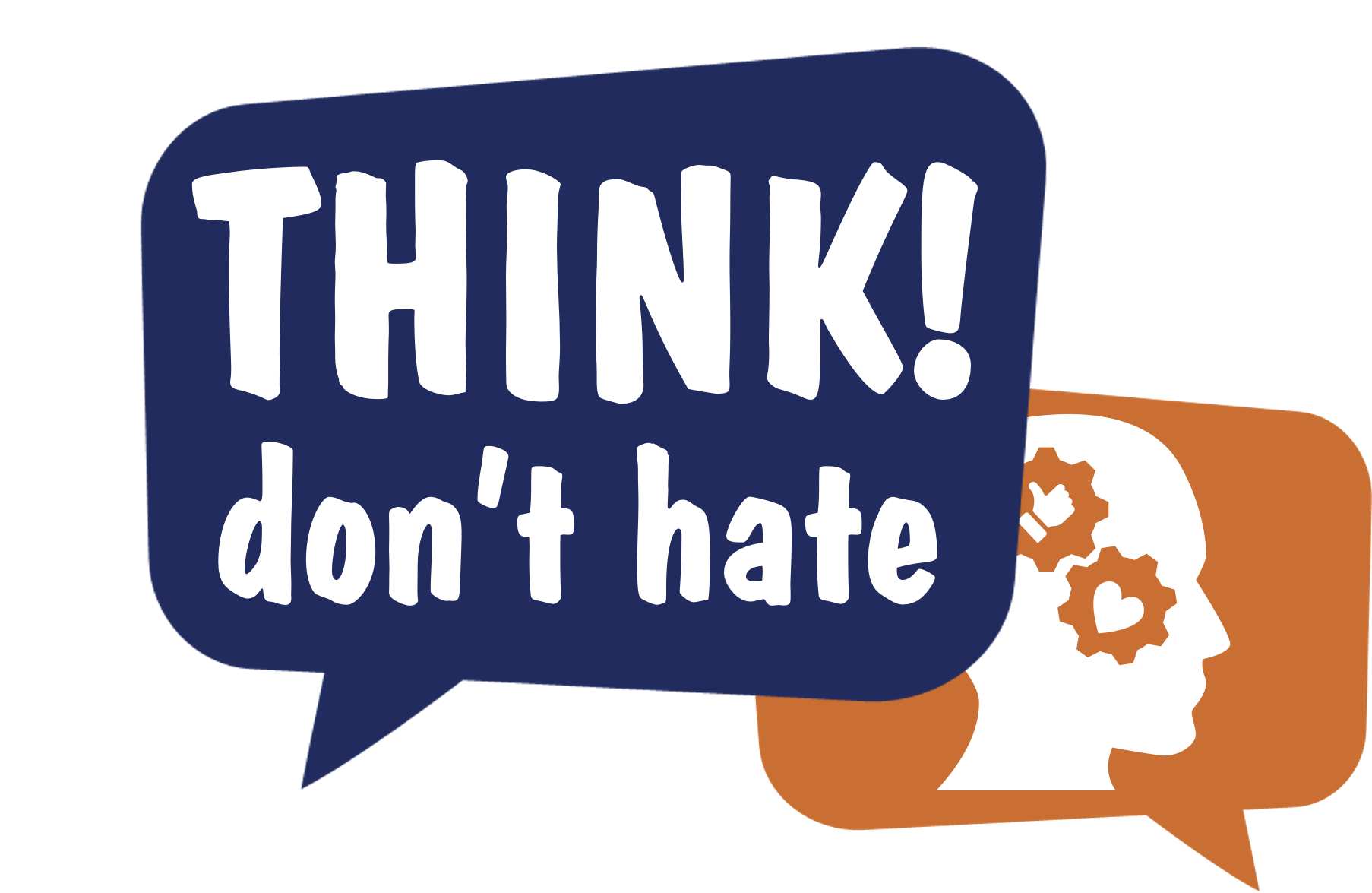
CHAPTER 2
C. Fake news - or not?

There is uncountable information flying on the internet and we are bombarded by news on a daily basis through searching platforms, social media, official web-pages, individual posts and numerous other communication channels. Sometimes public content might intrigue negative feelings towards a certain target group, be the outsprint of stereotypes and prejudice, result in discrimination and end up to hateful online comment.
But are we capable of identifying which of the information we receive is valid and which is not? Or do we just absorb it without questioning, just because it “sounds” normal, it matches our opinion or it is interesting enough?
Let’s test your skillsin these Quizzes by The Guardian!
Well…YES – it was fun, YES – it was interesting, YES – you were challenged, YES – you were intrigued, and maybe…YES – you were a bit disappointed by your skills to recognize fake news, right?
No reason to blame yourselves! Recognizing fake news is a challenging and quite complex process which requires attention, a lot of practice and some knowledge to support your effort. So, what are the right steps to be able to recognize fake news?
step 1: Question the SOURCE!
Who is this information coming from? Are they trustworthy? Sometimes the source of the content itself is enough to give you a first sense of the validity of the information – it’s totally different if it comes from a certified source, such as a scientific institution or an international and widely accepted newspaper, and totally different if the source of your information is “MariaMyBlogMyLife.com”, isn’t it?
step 2: CROSS CHECK the information!
Although checking the source is a good first step, it is not enough! Check the content through multiple valid sources of information, to ensure that it is unbiased and objective.
STEP 3: Pay attention to the LANGUAGE!
Try not to be impressed by catchy headlines and juicy words. Serious sources of information usually share their content using simple and objective vocabulary, avoiding headlines such as “SHOCK! CLICK TO THE LINK AND YOU WILL NEVER REGRET IT!”. While reading the content try also to point out indicative key words that might indicate that the information is rather a rumor, an opinion, a speculation or a guess. Here are some language clues to facilitate your process:
- LANGUAGE OF A FACT: …evidence shows…it is proven that…according to data collected…it is officially announced…
- LANGUAGE OF OPINION: …I feel…I think…I (don’t) like…I believe…
- LANGUAGE OF RUMOUR: …apparently…I heard…it is rumored …it seems that…
- LANGUAGE OF SPECULATION:…I wonder if…I reckon…I bet that…they suspect…
STEP 4: Check the VISUALS!
Digital content can be tricky, especially when followed by visuals that seem to prove the validity of the information presented! Videos and images can be fake, so don’t swallow them by first impression! There are ways to check if they are true or edited by using any online tool, such as tineye.com (for reverse image search) or invid.com (for visual clues).
STEP 5: Read the COMMENTS!
Comments under the posts are usually a great source of information as other users might have already examined the information and shared their findings (either confirming or rejecting it). Join forces with the audience!
STEP 6: Look for RED FLAGS!
Try to search for the real meaning of the information between the lines and search for the hidden messages, or even underlying intentions. Reading a post of a political party will probably be quite subjective, or at least reflecting their own perspective on the matter and maybe even not containing all the information required to present to you the complete picture.
STEP 7: Use some LOGIC!
Put as much sense as possible to the information you examine. If something hits to your rationale more than normal, it is quite likely that something is going wrong. Trust your instinct and explore further!
STEP 8: Do you AGREE?
People have the tendency to be easily persuaded by information that matches their own opinion or philosophy in life. However, this is not always a good path to follow when deciding whether something is true or false! Try to resist the temptation and don’t believe what you hear/read only because you agree with it!